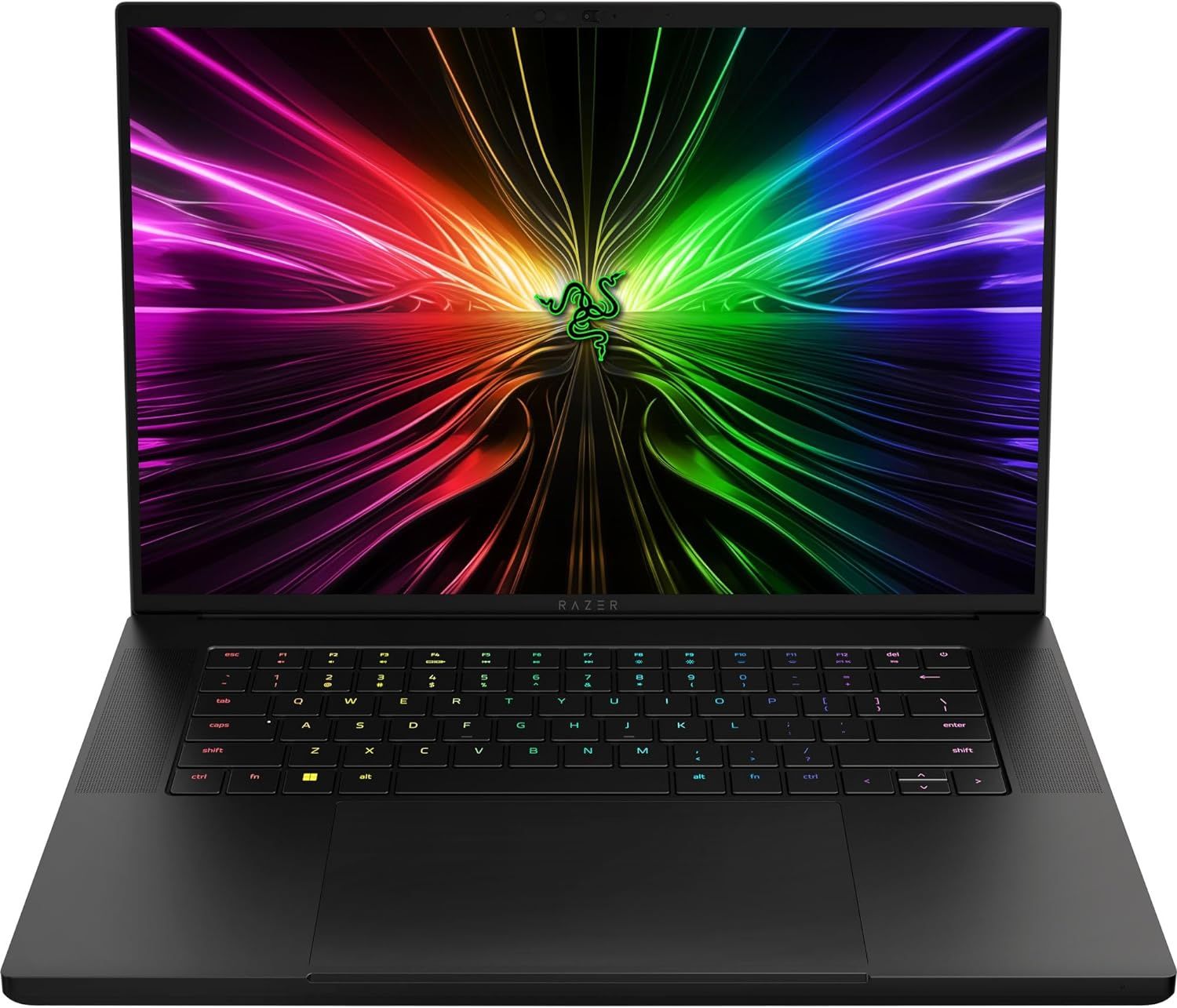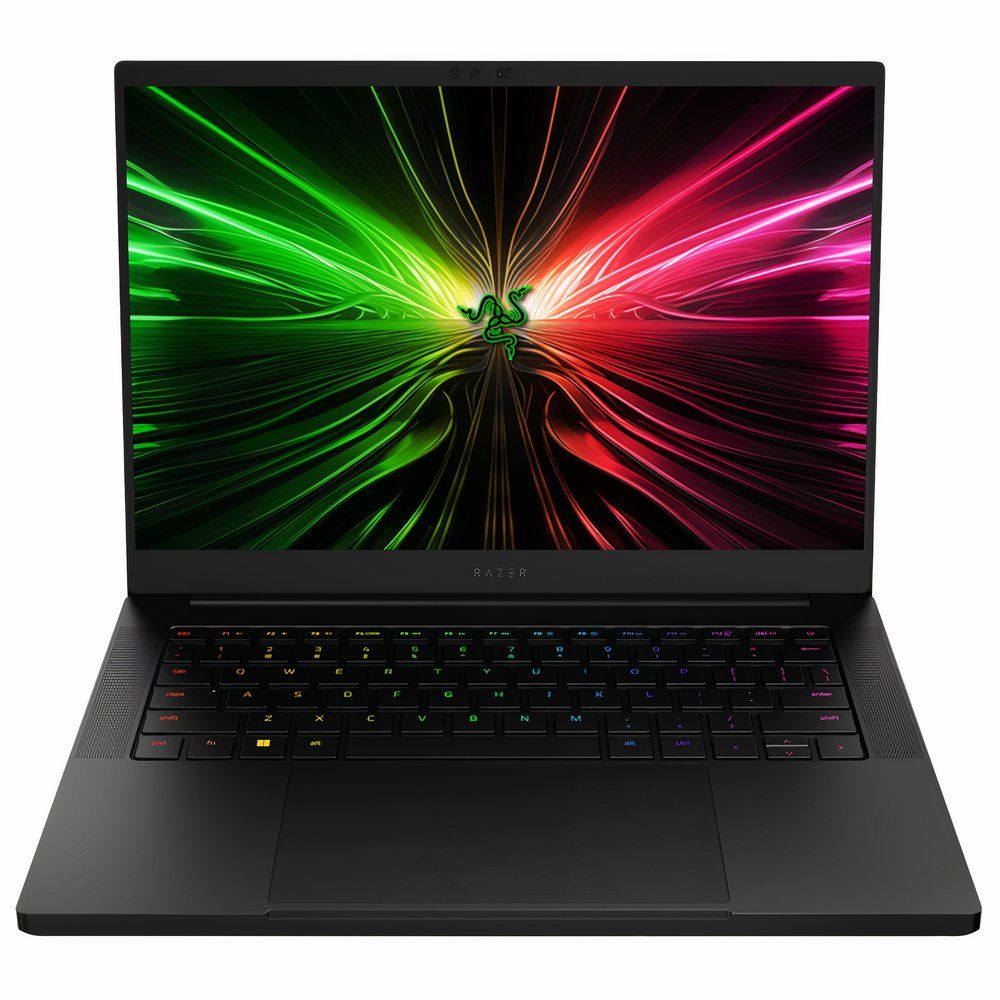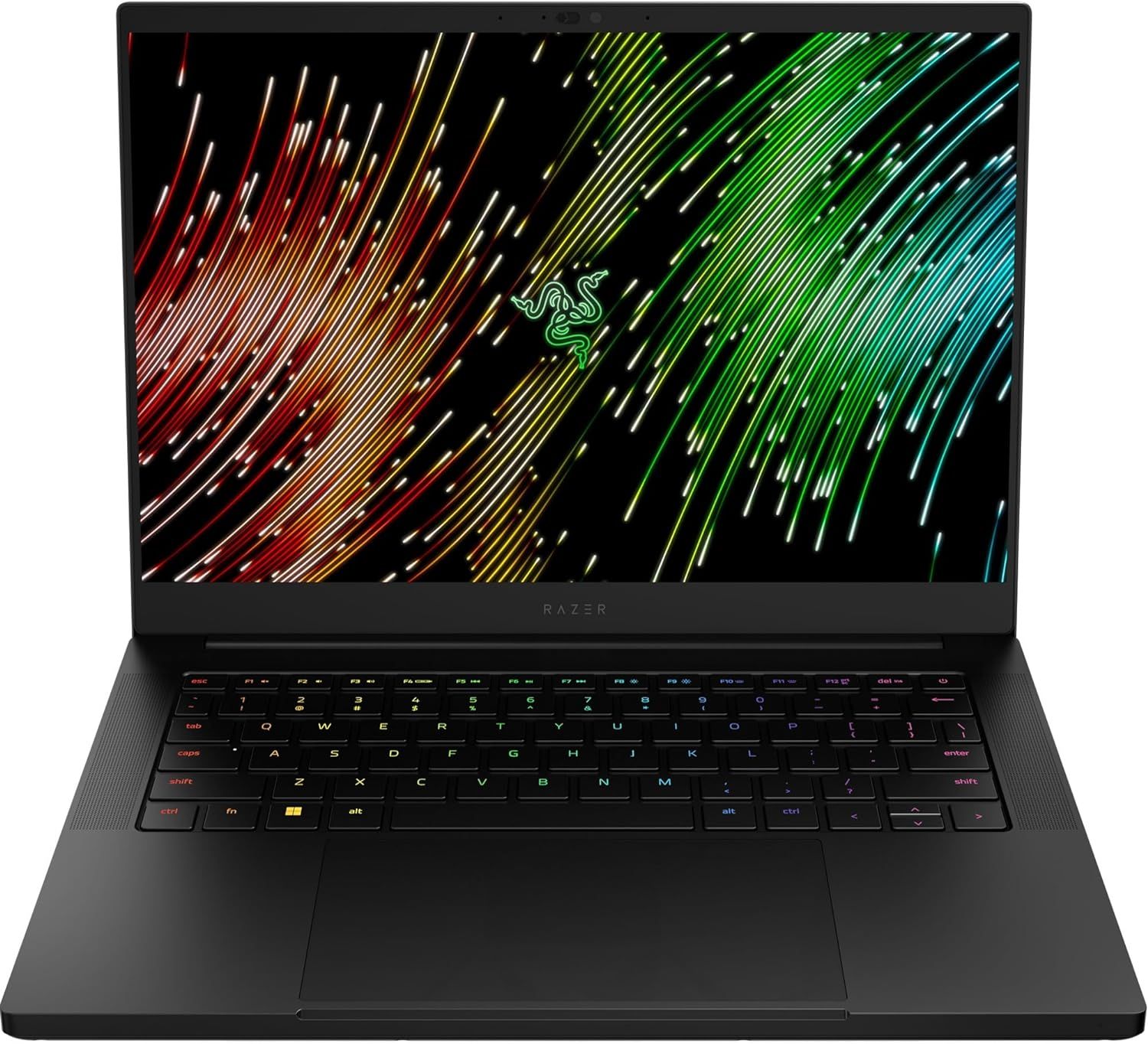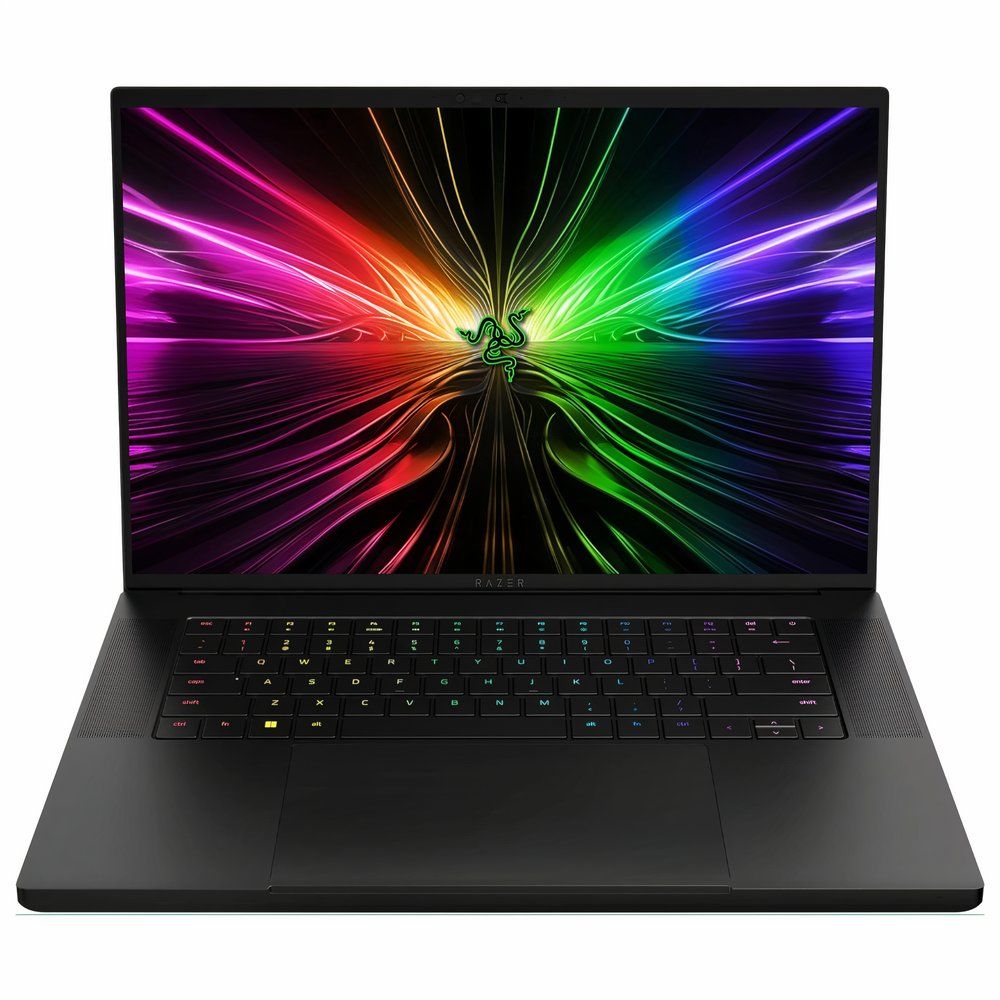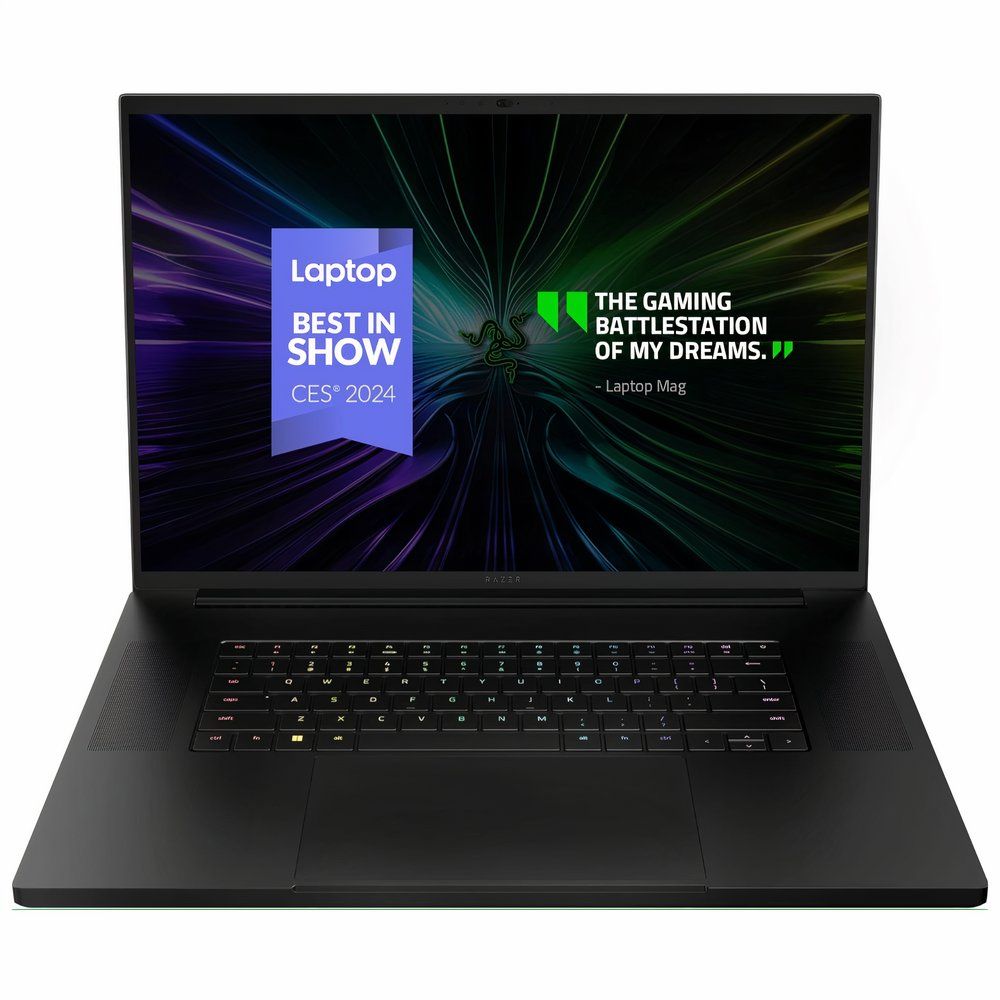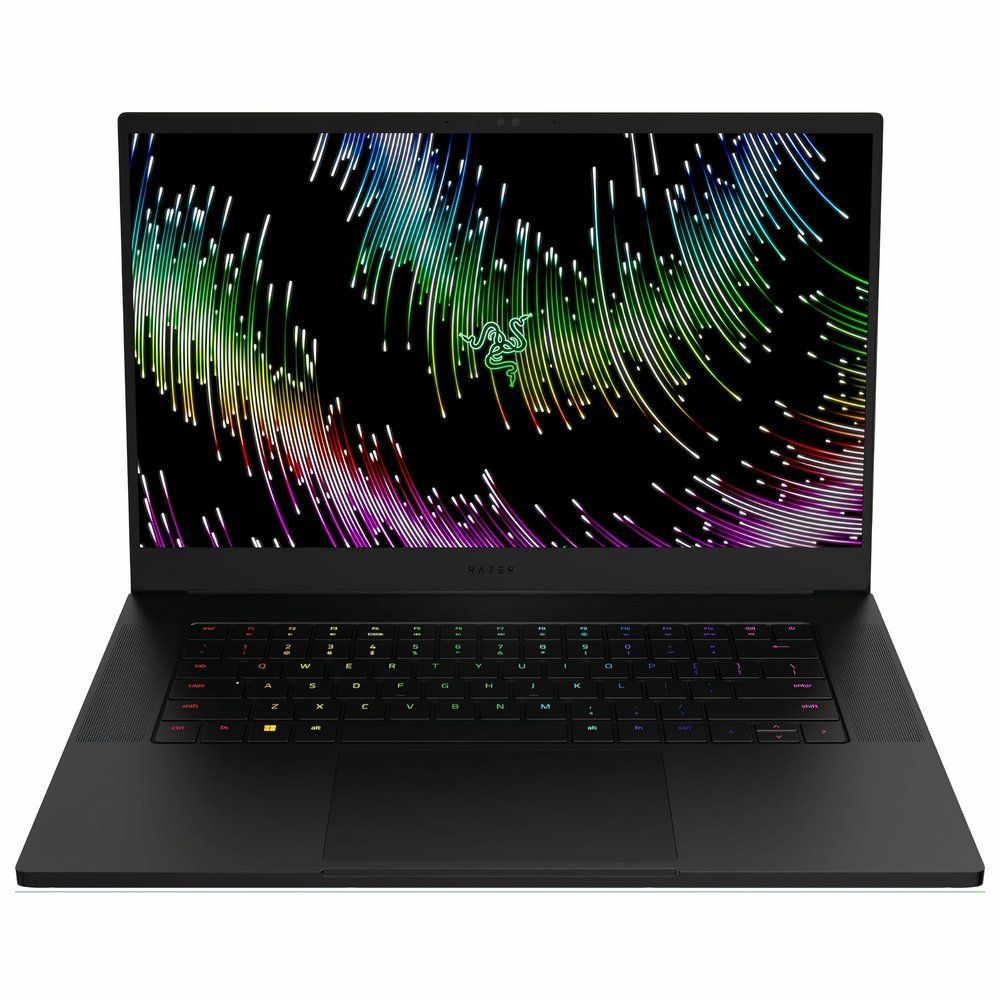Everyone in the gaming space is aware of Razer, whether it is for the sleek laptops or other gaming peripherals like gaming mice, headsets, keyboards, and more. Razer sells its laptops under the Blade series, which tells you what they are going for. The company’s aim is to create slim, compact, and almost sharp-looking (blade-like) gaming laptops that don’t compromise on performance. These laptops are among the more premium offerings in the gaming laptop space.
Razer has been around since the late 90s and since the early 2000s, the company has been releasing gaming peripherals with the first Razer Blade gaming laptop was released in 2012. The company has been innovating and using the latest technologies to make their newer laptops impossibly thin and portable. As of now, Razer has multiple size options ranging from 14 inches all the way up to 18 inches. This presents a lot of variety for interested shoppers. Fortunately, Razer has a pretty simplified lineup of gaming laptops, and this guide will help you make the right choice, if you’re one of those interested shoppers.

The Lightest and Thinnest Gaming Laptops in 2024
For gamers looking for ultra-portable gaming rigs, only the thinnest and lightest laptops will do.
These are The Best Razer Laptops for Gaming in 2024
The 16-inch form factor is a sweet spot for portability and performance, where the screen is more immersive than a 14-inch or 15-inch gaming laptop, but also more portable than a 17-inch or 18-inch laptop. Regardless of what configuration you go with, the Intel Core i9-14900HX CPU is standard and pretty much everything else can be customized. The Razer Blade 16 is powered by the Core i9-14900HX and the Nvidia RTX 4070 GPU (140W), making it the perfect option as it is capable of running any game you throw at it.
It comes with 16 GB of RAM and 1 TB of storage as standard, and you can choose to get more if this doesn’t seem enough. For gaming, while 1 TB of storage may feel a little less, the 16 GB RAM is sufficient. The display on the Razer Blade 16 is a QHD+ 240Hz OLED panel that is sharp, bright, and extremely responsive with a 0.2ms response time. It is not only color calibrated out of the box, but it also comes with VESA Certified ClearMR 11000 rating and DisplayHDR True Black 500 certification.
The Razer Blade 16 brings the classic keyboard with per key RGB lighting and N-key rollover. The keyboard is flanked by speaker grills and these speakers are among the best in the laptop industry. To keep all these powerful components cool, Razer is using the world’s thinnest exhaust fins, NASBIS insulating sheets, Honeywell PTM7958 thermal paste, a vapor chamber, and dual fans. This helps maintain optimum temperatures while under load without getting too loud. The Blade 16 is backed by a fairly large 95.2Wh battery and ships with either a 280W or a 330W GaN charger.
It’s unfortunate that Razer only makes gaming laptops powered by AMD processors in the 14-inch form factor, so fans of the Red Team who like larger displays will have to make some compromises. The Razer Blade 14 AMD has been updated with the latest and greatest Ryzen mobile gaming CPUs and is powered by the Ryzen 9 8945HS, coupled with the Nvidia RTX 4070 GPU. Those looking for an AMD GPU in a Razer laptop are out of luck as the company does not have any models with Radeon RX series GPUs.
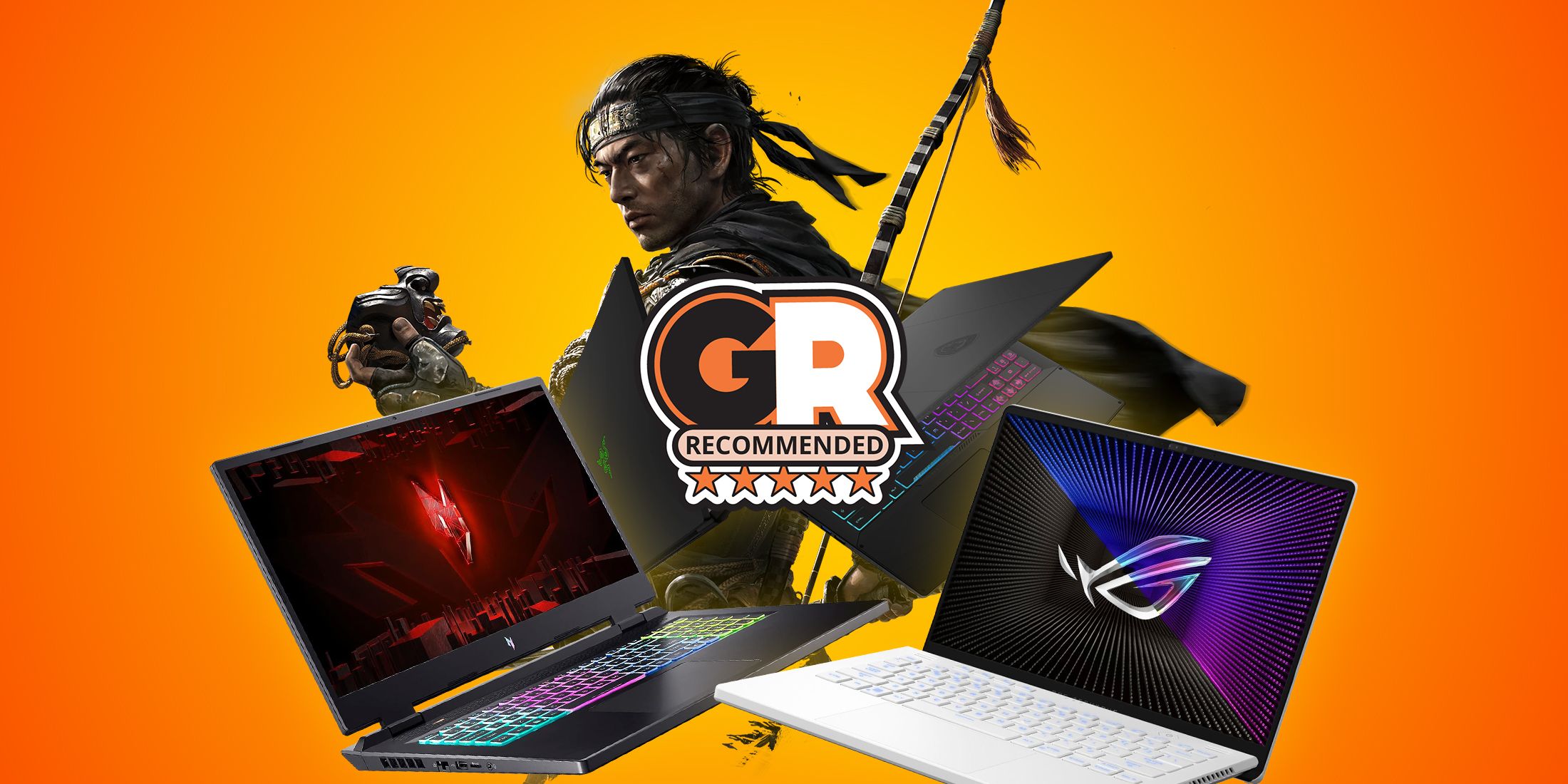
The Best Gaming Laptops To Play Ghost of Tsushima
Planning the right gaming laptop purchase can help the Ghost of Tsushima keep the Mongols at bay - With graphics to match.
This model comes with 32 GB DDR5 RAM and 1 TB of storage. There is only one display option and that is a 240Hz QHD+ display, and it has an under 3ms response time. For cooling, Razer has gone with a dual fan system with thin exhaust fins, but there is no vapor chamber here. You also get the per-key RGB lighting, THX spatial audio, Windows Hello facial recognition, Wi-Fi 7, and Bluetooth 5.4. Since it is powered by an AMD processor, don’t expect any Thunderbolt ports.
When it comes to battery, some compromises have been made here as well and there is a relatively small 68.1Wh battery which, according to the company, can deliver up to eight hours of battery life. That’s not a big deal, as gamers would be using this laptop while it's plugged in. Speaking of which, the included 230W power adapter can charge the Razer Blade 14 AMD to 80% in just one hour.
Those looking for a budget-friendly Razer gaming laptop will find that the last generation AMD version of the Razer Blade 14 presents great value and punches above its weight, especially when on sale. At times available for under $1800, this gaming laptop is powered by the Ryzen 9 7940HS CPU and the Nvidia RTX 4060 GPU (140W). Even though the CPU is a generation old, and the GPU is on the lower-end of Nvidia’s offerings, The Razer Blade 14 is still plenty capable of handling any modern title.
Going with an older generation product makes things more affordable, especially considering the Ryzen 7000 series has only just been succeeded by the Ryzen 8000 series of mobile CPUs. So, the performance compromise is minimal as well.
It comes with 16 GB DDR5 RAM out of the box, but it is upgradable to 64 GB. You get 1 TB of SSD storage, which again, may seem less to some gamers. The display is a QHD+ 240Hz panel that is Calman verified, has 100% DCI-P3 coverage, and a response time of under 3ms. It has the same cooling setup as the newer AMD model, which means you don’t need to worry about thermal throttling and overheating.
It carries the same 68.1Wh battery with up to 10 hours of battery life. One advantage of this smaller form factor is that Razer has been able to cram all this performance into a device that weighs under 2kg. For connectivity, you get Wi-Fi 6E and Bluetooth 5.2, which are not the latest in wireless connectivity standards, but are fast enough to where you will not notice any difference in performance.
Based on the original Razer Blade 16, the latest and greatest version of it comes with an interesting and unique feature that not only sets this gaming laptop apart from the rest, but also enhances the way you use your gaming laptop. This version of the Razer Blade 16 comes with a Dual-mode MiniLED display, which allows you to switch between UHD+ (3840 X 2400) 120HZ and FHD+ (1920 X 1200) 240HZ. This means when playing fast-paced games, you can switch to a lower resolution and a higher refresh rate mode, but while editing or creating content, you can still use the 4K mode with a decently high refresh rate.
The display specs don’t stop there. It has a 1000 nits peak brightness, factory calibrated with 100% DCI-P3 coverage, HDR 1000 support, and under 3ms response time. There are slim bezels on the side with a thicker top bezel as it houses the webcam.
The Razer Blade 16 (Dual Mode Display) is powered by the Core i9-14900HX CPU and the Nvidia RTX 4090 GPU. While you may not be able to push 120Hz at 4K in all modern games, 240Hz at FHD+ should be achievable in all games. The processor and graphics card are accompanied by 64 GB of RAM and 4 TB of storage. If you’ve got some more money to spare, Razer lets you upgrade to 8 TB of storage from the factory.
Like the standard Razer Blade 16, it has a 95.2Wh battery and comes with either a 280W or 330W GaN charger.
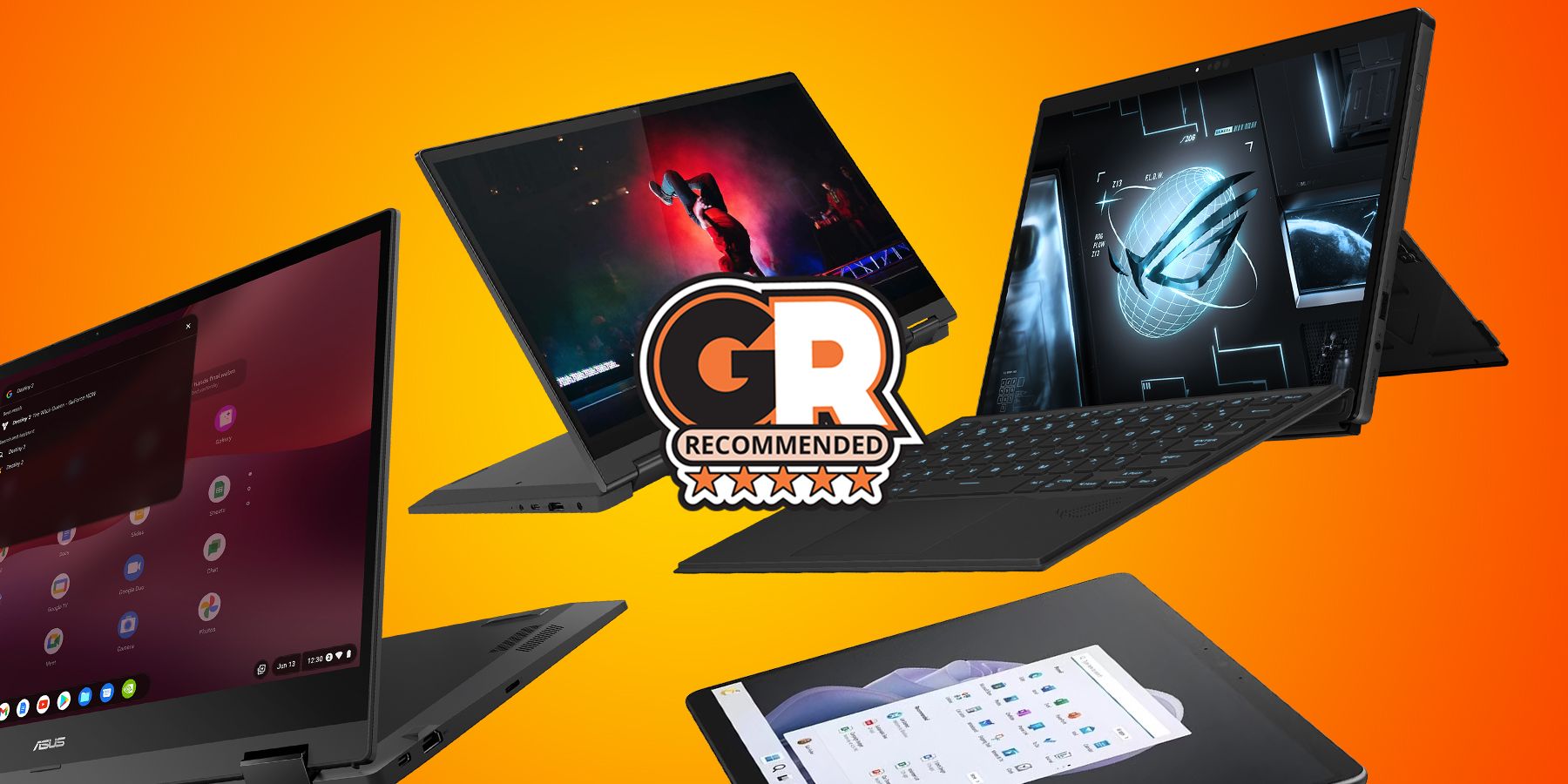
The Best 2-in-1 Laptops in 2024
2-in-1 Laptops are great for versatility, making them perfect for professionals, students, or entertainment— and here are Game ZXC's top picks.
For these gamers, the bigger the display, the better. That’s where the Razer Blade 18 comes in. It is the largest screen size that Razer offers and the largest screen size on a laptop available to the mainstream market (21-inch laptops do exist commercially). Besides the sheer size, the display on the Razer Blade 18 is a QHD+ 300Hz Mini-LED panel with under 3ms response time, making it one of the fastest panels on the market. It boasts 1000 nits brightness, 100% DCI-P3 coverage, Nvidia G-Sync support, and Calman verification. Being a Mini-LED display, there are more than 2000 zones for local dimming, offering incredible contrast and vivid colors.
Under the hood is the Core i9-14900HX CPU and the Nvidia RTX 4080 GPU (175W), which can be upgraded to the RTX 4090 at the time of purchase. You get 32 GB of RAM and 1 TB of storage, along with Wi-Fi 7 and Bluetooth 5.4. The large chassis allows for a six-speaker setup (2x tweeters, 4x sub) with three smart amplifiers and THX spatial audio support. You get a 91.7Wh battery, which is not the best in the 18-inch form factor, but comes with a 330W GaN compact power adapter.
The Razer Blade 15 stands as a great value option, especially depending on the configuration you go with. The Blade 15 with the Intel Core i7-13800H and the Nvidia RTX 4070 is the ideal mid-range offering, considering Razer has gaming laptops that are upwards of $5000. This configuration, even though a generation old at this point, is very capable even for modern AAA titles.
To experience these games in all their visual glory, the Blade 15 comes with a QHD+ 240Hz display with G-Sync support, 100% DCI-P3 coverage, and under 2.5ms response time. To keep the internals cool, Razer has gone with a vapor chamber setup with dual-fans and thinner 0.05 mm exhaust fins. Another great feature of the Blade 15 is that the RAM and storage is user-upgradable, which means you can go with the baseline model to begin with and, as you feel the need for more RAM or storage, you can add it later.
Like with other Razer laptops, you get a per-key RGB keyboard flanked by speakers and a glass touchpad. Since this is an older model, you get an 80Wh battery and a 230W power adapter (not GaN). You also get Wi-Fi 6E and Bluetooth 5.2. At just over 2 kg, the Razer Blade 15 is a compact and portable gaming laptop.
Factors to Consider When Looking for a Gaming Laptop
Razer laptops are great for gaming, but you should still decide which features are most important to you and your personal setup.
Screen Size: Gaming laptops range from 14 inches to 18 inches. Those who often travel with their laptops would prefer the portability of a 14-inch or 15-inch machine, while those who generally use their laptop at home on their desk will find the larger displays to be more appealing.
Resolution and Refresh Rate: Depending on the types of games you play, a high resolution lower refresh rate display may work better than a lower resolution high refresh rate display. Gaming laptops can have up to 4K displays and some offer up to 480Hz refresh rate. However, you should also take into consideration the size of the display, as 4K on a 14-inch display would be overkill.
Processor: Intel and AMD are the two processor choices. Intel is on its 14th Gen of CPUs while AMD’s latest offering is the Ryzen 8000 series chips. That said, even the 13th Gen Core i7 and Core i9 offerings, as well as Ryzen 7000 series CPUs are still very capable and should not be swept under the rug for being older. These can be found at much cheaper price points as well.
RAM and Storage: While most gaming laptops come with a minimum of 16 GB RAM, your personal use case may demand more. Similarly, 1 TB is generally the minimum amount of storage offered with laptops, and it will likely be sufficient for most use cases. Do note that not all gaming laptops allow you to add more RAM or storage down the line, so you might be better off adding extra RAM and storage at purchase.
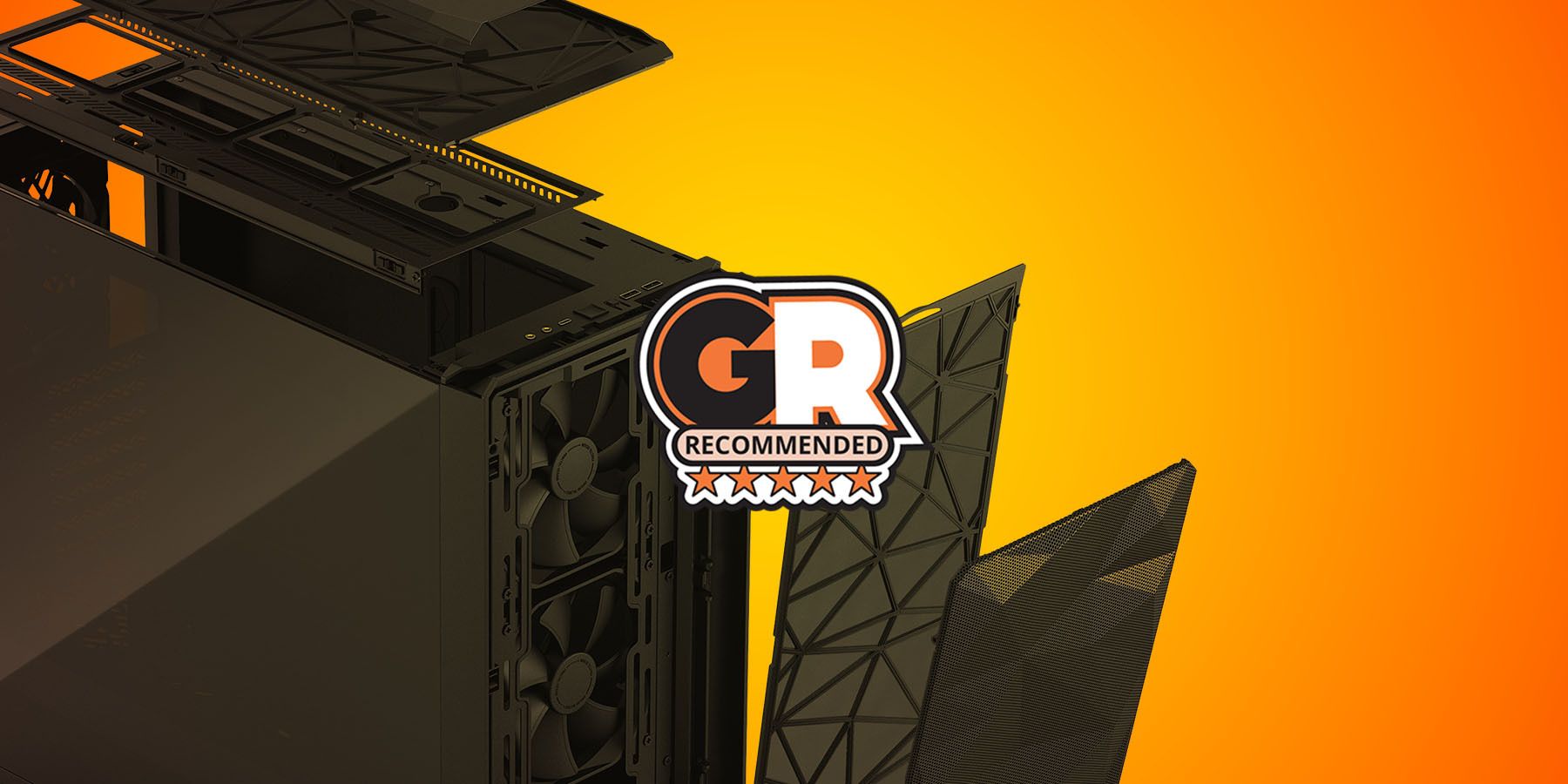
The Best PC Cases for Airflow in 2024
If powerhouse CPUs and GPUs are turning a gaming rig into an oven, these cases can combat the most dangerous temperatures.
FAQ
Q: Does Razer make good gaming laptops?
Razer makes some of the most impressive gaming laptops that strike the perfect balance between portability and performance. It is one of the top-tier gaming laptop manufacturers with options that range from around $1500 to over $5000.
Q: Why are Razer laptops so expensive?
Razer laptops are, in some case, more expensive than other brands because of the focus on premium build quality and incredible displays. They typically have a unibody design with powerful performance, great speaker systems, and top-tier RGB keyboards. Razer always tries to be at the pinnacle of laptop technology introducing a lot of world’s firsts.

